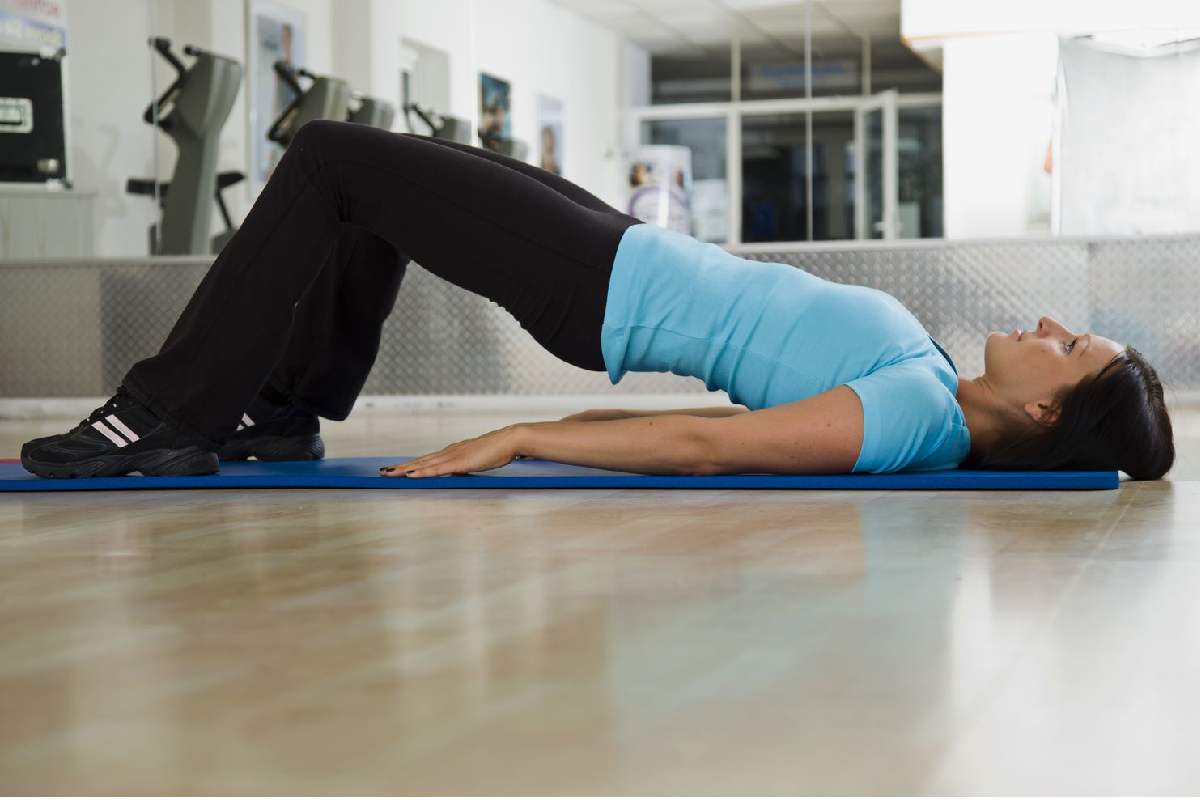Stretching that is movement-based is called dynamic hip stretching. It achieves a stretch by working the muscles directly. Because the stretch posture is not maintained, it differs from conventional “static” stretching.
In the opinion of sports medicine professionals, dynamic stretching is preferable to conventional extension for reducing muscular tension. But how do you go about it? Eight dynamic stretches that target various muscles and body parts remain demonstrated in these movies. They offer advice on how to stretch correctly and for how long.
Dynamic stretch exercises are a technique that makes for better performance. Dynamic stretching involves a skilful, swinging motion or soft bounce to power a particular body part and muscle past its normal range of movement. The power of the bounce or swing should remain gradually increased, but radical or uncontrolled movements should remain avoided.
Table of Contents
What is Dynamic Stretching?
Dynamic stretching involves creating active movements that stretch the muscles to their full range of motion. These exercises frequently fake functional movements and help prime the body for additional intense training. To make for a run, for example, a person may achieve a knee exercise that is a gentle simulation of running, such as the “high knees” exercise described below. The following are usual dynamic stretches which may remain implemented in your warmup routine.
Reverse Lunge with Twist
Take an overstated step backwards with the right leg. Go into the lunge position, rotation your torso to the left, and reach for your right heel with your left hand. Return to the lunge position, and stand up. Step back with the left leg to recurrence on the other side. Continue for 50 metres.
Knee Cradle
Standing, lift your left-hand leg by the knee facing out. Use your needles to cradle the leg at the knee and ankle; circumvent pulling on the foot. Simultaneously raise your toes on your right foot before releasing your left leg, stepping forward, and repeating on the other side. Continue for 50 metres.
Straight Leg March
With each step, march forward and swing your leg straight in front of you. Attempt to touch your foot with the conflicting hand upon apiece swing. Last for 50 metres.
Buttock Kicks
As you run, turn your knee and bring your bounder back to your buttock with respective steps. Steps should remain short and rapid as you focus on the frequency of the buttock kicks rather than the pace at which you move forward. Drive your arms along with each step. Continue for 50 metres.
High Knees
Successively on the balls of your feet, bring your knees up as high as possible with each step. As with buttock kicks, pay attention to frequency rather than pace. The measures must be small and quick. Drive your opposite arm forward as each knee comes up. Continue for 50 metres.
What is Dynamic Stretching and How to Prepare it
Dynamic stretches are actions achieved at a slower pace than most workouts. Individuals tend to do dynamic stretches to warm up their muscles and make for exercise. In recent years, dynamic stretching whitethorn has replaced standard static stretching in many fitness routines.
In this article, we take an arrival at how dynamic stretching differs from static stretching and its benefits. Next, we label examples of dynamic stretches as warmups for runners and those working on their upper bodies.
Benefits of Dynamic Stretching
dynamic stretching may particularly benefit people who do sports that involve running and jumping. While the evidence showed that both lively and static stretches could improve range of motion, some studies in the review stated that static warm-ups may negatively influence muscle strength. However, the answers on this point were mixed.
A more recent review is trusted. Source confirmed that dynamic stretching helps recover the range of motion and upsurges muscle strength. However, it found indications that the effects may be negligible and that dynamic stretching can occasionally impair performance.
Dynamic Hip Stretching Circles
It is essential to warm up the hip joints before any exercise. We have tight hip muscles that can become principal to injuries and other health subjects that cause pain, such as iliotibial band syndrome.
To Perform Hip Circles:
- Stand on one leg, using a wall or a heavy piece of furniture for support if necessary.
- Raise the other leg to the side and move it in a circular motion.
- Perform 20 rotations with each leg.
Conclusion
Static stretching includes stretching a group of muscles while maintaining the posture, whereas dynamic stretching involves motions that lengthen the muscles. Warming up the body before exercise may be especially helpful through dynamic stretching. As with any physical endeavour, one should concentrate on keeping perfect form and cease any action that hurts.

